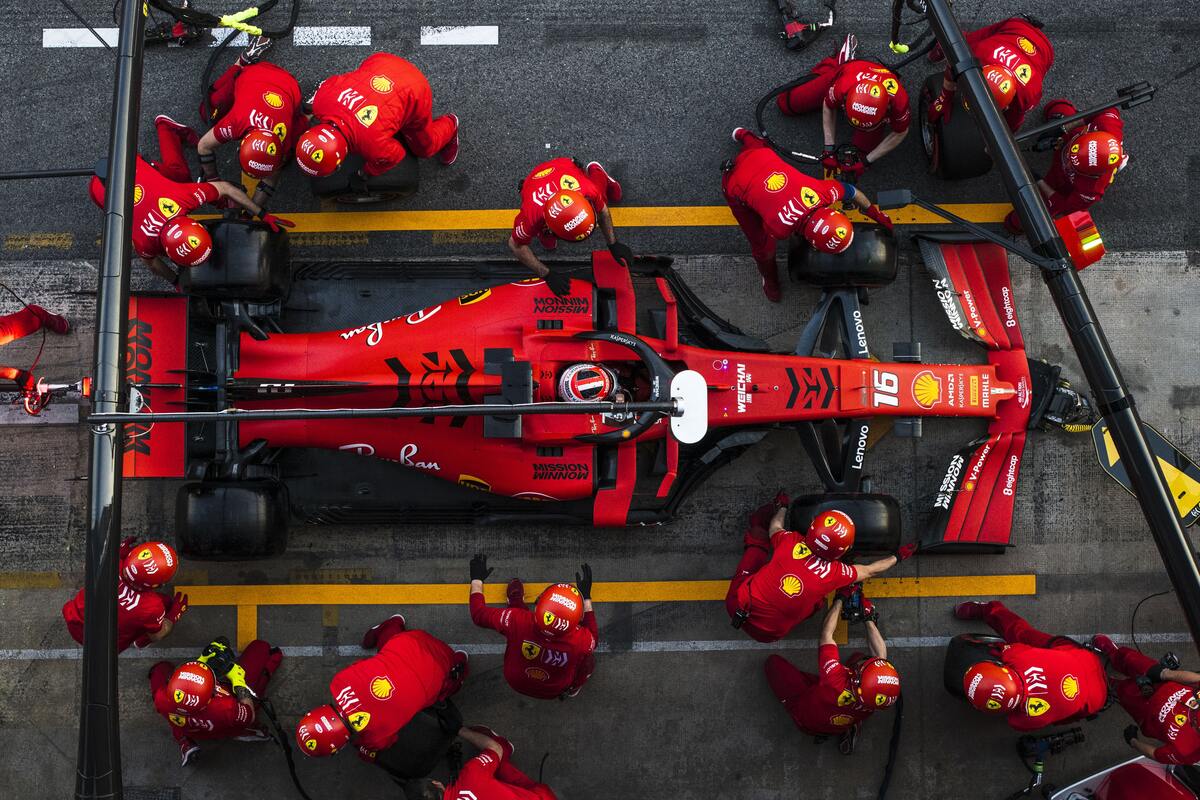If there’s anything Henry Ford should be proud of, it’s America as the car racing capital of the world. Or make that Indianapolis. Indeed, the world’s first-ever auto racing track opened in Indianapolis in 1909, thanks to bicycle racer turned car racer businessman Carl Fisher. He purchased four 80-acre tracts of land in 1908 in time for his planned race the year after. After some stops and false starts, the race went fall speed ahead in August with 75,000 people in attendance. In time, Indianapolis became the most iconic racetrack in the world.
No doubt, car racing is a popular motorsport activity that has endeared itself into the hearts of many people. The race itself is both challenging and competitive whether you are behind the wheels or on the bleachers.
But racing is fraught with danger. All the glory comes with a steep price. Already, racing has sent over 500 Americans to their deaths. The death of Kevin Ward Jr., a 20-something racer who was watching on the sides but was hit by a rampaging car, is a classic example.
The good news is these accidents can be largely minimized. Preparation is key. Think of a car like a bull on steroids. If you fail to control it, you’re bound to end up with blood on your hands. The problem is it’s more likely to involve the driver more than anyone else. Listed below are proven steps to keep that from happening.
Car Must Be in Working Condition
This is a very necessary step and should be the first. A car that is not working properly has no place on the track. Take the car for routine service to the experts. The fluid level and tires must be examined. Ensure that there is enough tread on your tires as they are likely to get worn out on the racetrack. Fluids should be topped up.
To note, main events such as Formula One, dubbed the most professional and the fastest of all races, demand a lot more from cars. That’s why there are more serious tests that cars undergo to be allowed to compete.
Additionally, there are tools designed to help check the functioning of your vehicles at home. One essential piece of test equipment is the automotive picoscope diagnostic kit. With downloaded software, you can turn any PC or laptop into an oscilloscope monitor to check the electrical health of your car (hydraulic pressure, fuel, vacuum, current). In short, you’ll know if your car is in tiptop shape or not.
Modify where Necessary
Making modifications can give you a distinct advantage. It ensures that you get the best of your car on the racetrack.
You can start with the car’s weight. A lighter car is more responsive and faster on the track. You should remove every unnecessary item in the car, such as the back car seats. You don’t need them, and doing away with them will save you a lot of weight.
The engine should also be tuned to increase its power. If possible, you can replace the entire engine, especially if you have a lot of racing to do. Your transmission can also be enhanced to make it faster and easier to change gears. Your brakes pads may also need to be replaced. There are many forces awaiting your car on the track, so you will need to apply your brakes a lot.

Check the Rules of the Track
Most tracks come with customized rules. These rules are for the safety of both the cars and drivers. Some rules may also exist to ensure that the racing experience is top-notch. You should educate yourself about these rules before the race and adhere to them. For example, you may be told not to wear t-shirts or shorts or present a track license.
Find out anything you need to come along with on race day, so you don’t get stranded. It would be best if you also educated yourself on the different flags and signals that are used on a track. Overtaking is usually allowed, but the rules vary in each track. Wrong overtaking can get you disqualified from the race, and we don’t want that now, do we?
Drive Test
After checking that your car is in good condition, modifying it, and reading up on the race rules, the next thing to do is to go for a driving test. During such a test, you may find out any existing problem that was previously overlooked. This drive doesn’t need to take long, just enough to ensure that the car is at its best performance. You don’t want any surprises on the racetrack.
We understand that there is always a chance for a surprise on the track, but you should limit it to the barest minimum. A driving test will alert you to any problem and allow you to feel the changes you made. This will make you familiar with the car while racing.
Insurance Sorting
The final essential step to get your car racetrack-ready is to sort your car insurance. Do not overlook this step. Car racing exerts so much from cars that many things could go wrong. In the event of this happening, you want good insurance to fix the damages. If you already have auto insurance, check to see if it covers racetracks.
There are multi-day or single-day insurance policies for race cars that are not usually so expensive. You can get them for your car. Racing incidents are rare, especially since the whole day does not involve racing and stick to the given rules. Nevertheless, insurance should give you the peace you need in a high-stakes sport.

